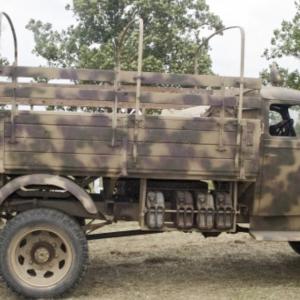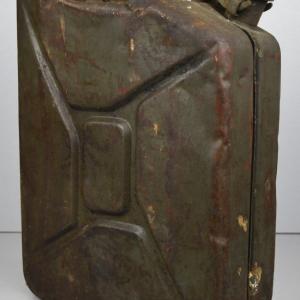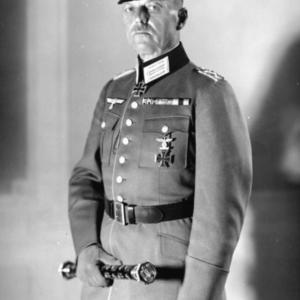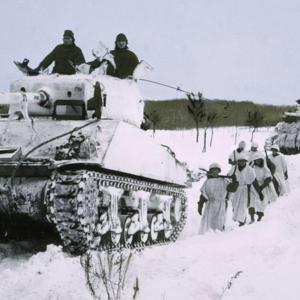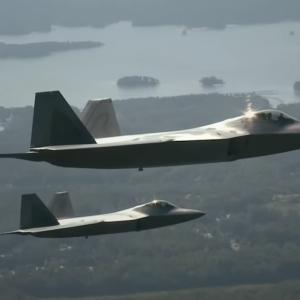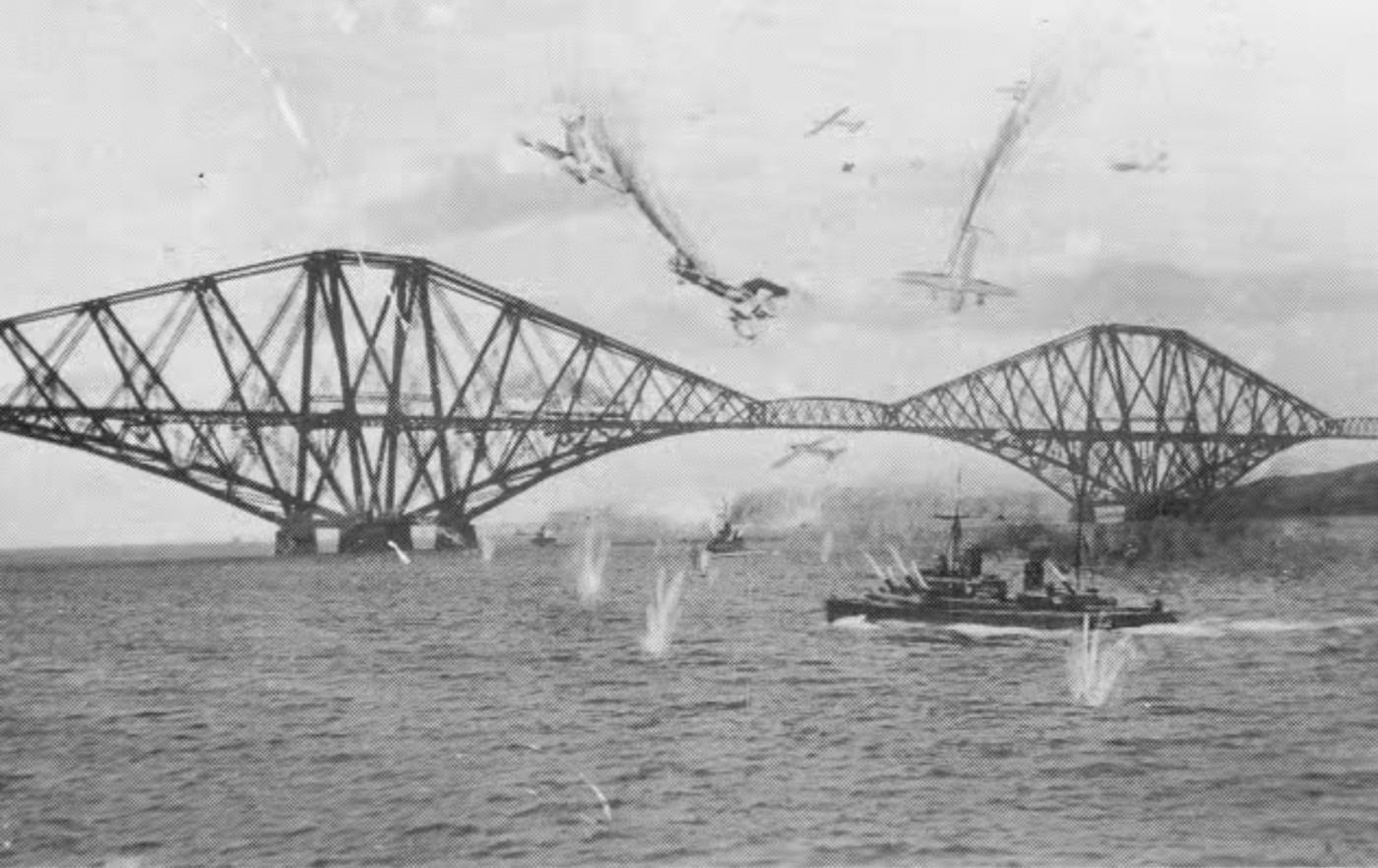
On this day in military history…
On October 16, 1939, just six weeks into the Second World War, the Luftwaffe launched a surprise air raid on British naval forces anchored in the Firth of Forth, Scotland. This attack marked one of the first German air raids on British soil during the war and came as a sobering warning that the conflict would not remain distant from the British Isles. The operation demonstrated the boldness of the German air force and exposed vulnerabilities in Britain’s early warning and air defense systems, still in their infancy.
The Luftwaffe attack was carried out by Junkers Ju 88 bombers from Kampfgeschwader 30 (KG 30), supported by a few Heinkel He 111 aircraft from KG 26. A total of around 15 Ju 88s participated directly in the attack, flying from bases in northern Germany and Norway. These medium bombers were capable of long-range operations and carried a substantial bomb load, making them ideal for such a daring raid across the North Sea. The German plan aimed to strike a psychological and strategic blow by hitting the Royal Navy at anchor, showing that no part of Britain was beyond the Luftwaffe’s reach.
The primary targets were ships of the Royal Navy anchored in the Firth of Forth, near the naval base at Rosyth. Among the vessels present were several cruisers and destroyers, including HMS Southampton, HMS Edinburgh, and HMS Mohawk. During the course of the attack, the Luftwaffe managed to score direct hits on HMS Mohawk, a Tribal-class destroyer, which suffered serious damage. Additionally, HMS Southampton, a newly commissioned Town-class cruiser, was also hit and damaged. Another cruiser, HMS Edinburgh, was near-missed, sustaining some superficial damage but escaping more serious harm.
Perhaps the most significant loss came with the sinking of HMS Mohawk’s sister ship, HMS Royal Oak, but this had occurred just days earlier in Scapa Flow as part of a separate operation. In the Firth of Forth raid itself, although no major warships were sunk, the damage inflicted and the fact that enemy bombers had struck so close to the British mainland was deeply unsettling.
The success of the German bombers in reaching their targets was in part due to the limitations of the British air defense and early warning systems at the time. The Chain Home radar network, though partially operational, was primarily oriented towards covering the southern and eastern coasts of England. The Scottish east coast had less radar coverage, and the radar stations that were in place had limited range and sensitivity, particularly against low-flying aircraft. Furthermore, there were delays in interpreting and acting upon radar data, as coordination between radar operators, the Royal Observer Corps, and Fighter Command was still developing.
As a result, RAF fighters were scrambled too late to prevent the German bombers from reaching their targets. However, once airborne, British Spitfires from No. 602 (City of Glasgow) and No. 603 (City of Edinburgh) Squadrons engaged the attackers. In fierce dogfights over the Forth, the RAF managed to shoot down at least two Ju 88s, and a third crash-landed upon returning to base. These victories were among the first air-to-air combat successes for the RAF in the Second World War, and the pilots involved were celebrated for their quick response under difficult conditions.
The raid caused damage not only to the Royal Navy vessels but also to the surrounding area. Some bombs fell on the docks and infrastructure around Rosyth, though civilian casualties were limited. Nonetheless, the psychological impact of the attack was significant. The British public, who had not expected direct assaults so soon, were shaken by the realization that German bombers could strike with impunity at military targets in British waters.
Casualties among British personnel were relatively light, but several sailors were killed or injured aboard the damaged ships. Among the German crews, several airmen were killed in action or captured after being shot down, and they became some of the first German prisoners of war held in Britain.
In hindsight, the Firth of Forth raid was a relatively minor tactical engagement, but its implications were far-reaching. It exposed the gaps in Britain's radar coverage and command structure, which were soon addressed as the air defense system was expanded and refined. It also marked the beginning of the long aerial campaign that would eventually lead to the Battle of Britain in 1940. For both sides, the attack on October 16, 1939, served as a grim harbinger of the air war to come.

